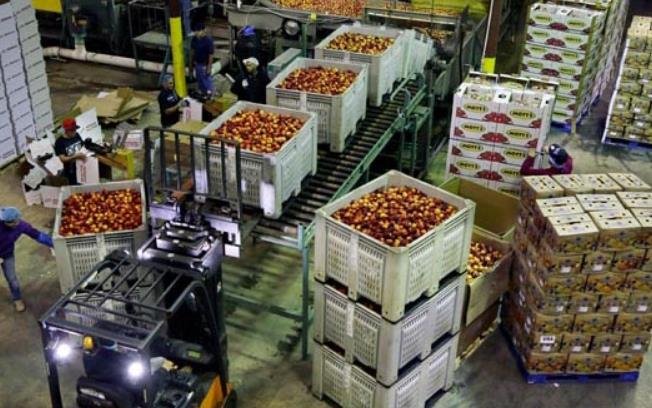The US producer price index (PPI) for final demand increased by 0.5% in September, exceeding the expectations of economists who had predicted a 0.3% rise. The PPI measures the average change in prices received by domestic producers of goods and services over time.
The main drivers of the increase in the PPI were higher costs for energy products and food, which rose by 3.3% and 0.9%, respectively, in September. Gasoline prices alone accounted for more than 40% of the rise in the cost of goods, surging by 5.4%. Other energy products, such as jet fuel, electric power, and diesel fuel, also saw significant increases.

Food prices rebounded from a 0.4% decline in August, with processed young chickens and meats costing more. However, prices for fresh and dry vegetables fell by 13.9%, offsetting some of the increase in food costs.
Core inflation cools at the factory gate
Despite the rise in headline PPI, underlying inflation pressures at the factory gate continued to moderate in September. The core PPI, which excludes food, energy, and trade services components, rose by 0.2%, matching the increase in August.
On a year-on-year basis, the core PPI increased by 2.8%, down from 2.9% in August. This was the lowest annual rate since April 2023, suggesting that some of the inflationary pressures that had built up due to supply chain disruptions and pent-up demand following the COVID-19 pandemic were easing.
Excluding food and energy components, core goods prices edged up by 0.1% for the second consecutive month, indicating that supply chains were normalizing and goods inflation was cooling off.
Services prices increased by 0.3%, boosted by a 13.9% surge in deposit services, which measure changes in margins received by banks and other financial institutions. However, prices for transportation and warehousing services fell by 0.4%, reflecting lower demand for air travel and freight transportation.
Implications for monetary policy
The mixed report on producer prices came ahead of the release of consumer price data on Thursday, which is expected to show that consumer inflation moderated in September. The consumer price index (CPI) is projected to rise by 0.2% month-on-month and 2.4% year-on-year, down from 0.4% and 2.7% in August, respectively.
The Federal Reserve monitors both producer and consumer prices to assess the inflation outlook and guide its monetary policy decisions. The Fed has raised interest rates three times this year, most recently in September, to keep inflation near its 2% target.
However, the Fed has also signaled that it may pause its rate hikes in the coming months, citing uncertainties over the global economic outlook amid rising trade tensions and geopolitical risks.
Financial markets are pricing in a low probability of a rate hike at the Fed’s next policy meeting on Oct. 31-Nov. 1, according to CME Group’s FedWatch tool.
The Fed will also be watching closely the developments in the Middle East, where a conflict between Iran and Saudi Arabia has escalated in recent weeks, threatening oil supplies and global stability.
